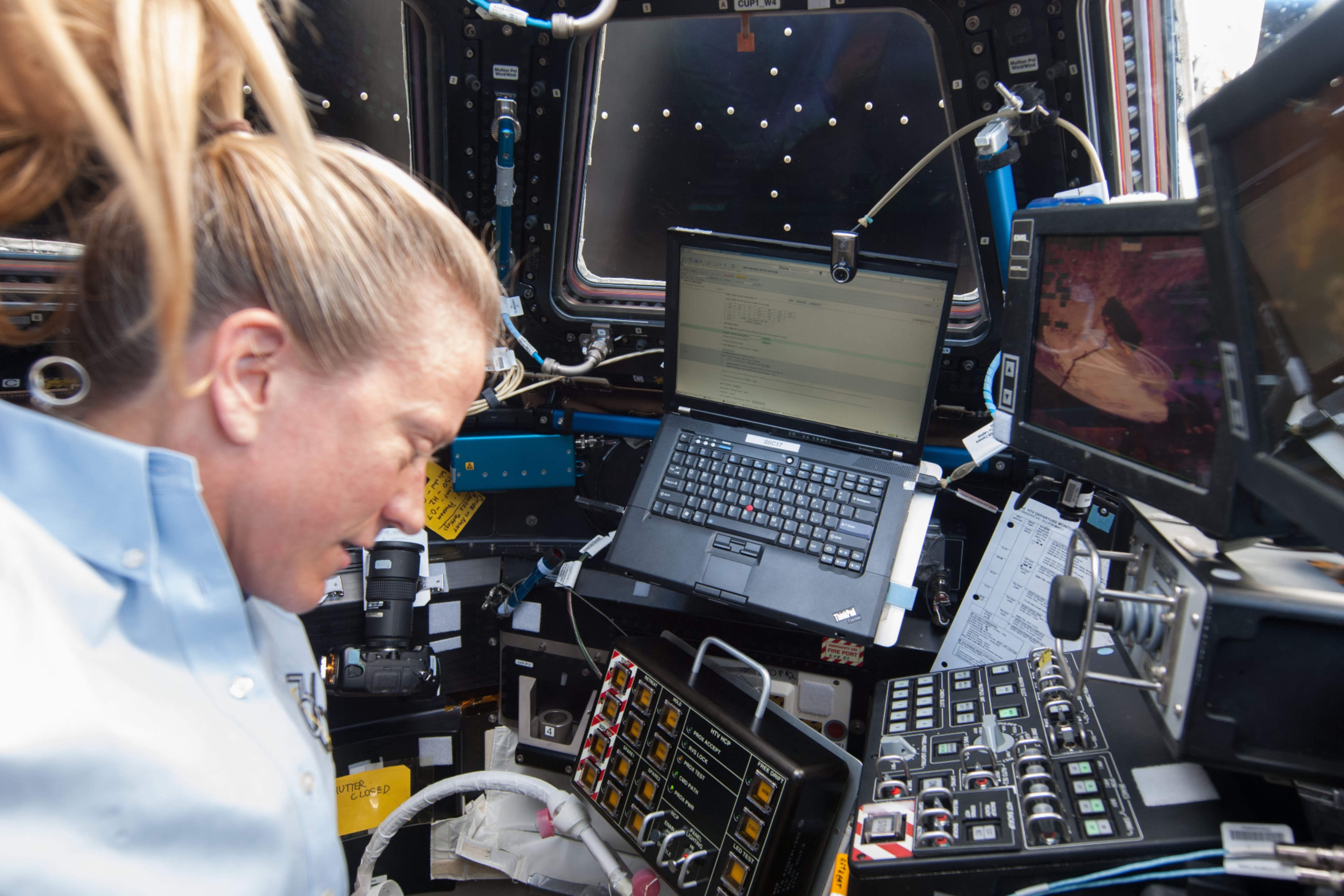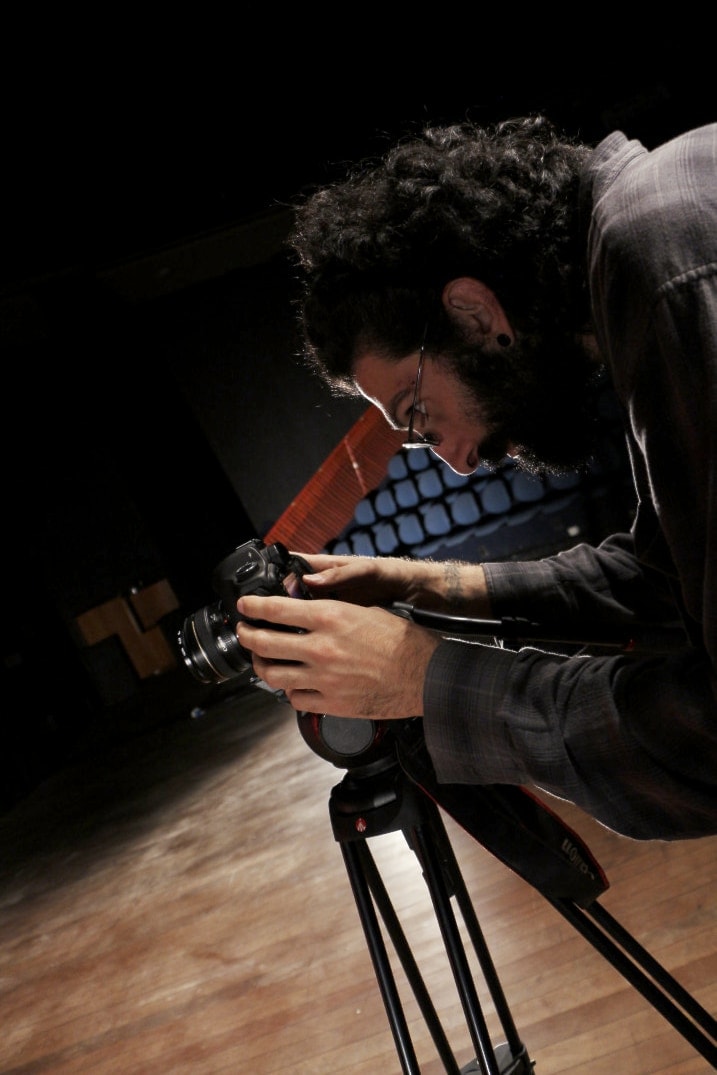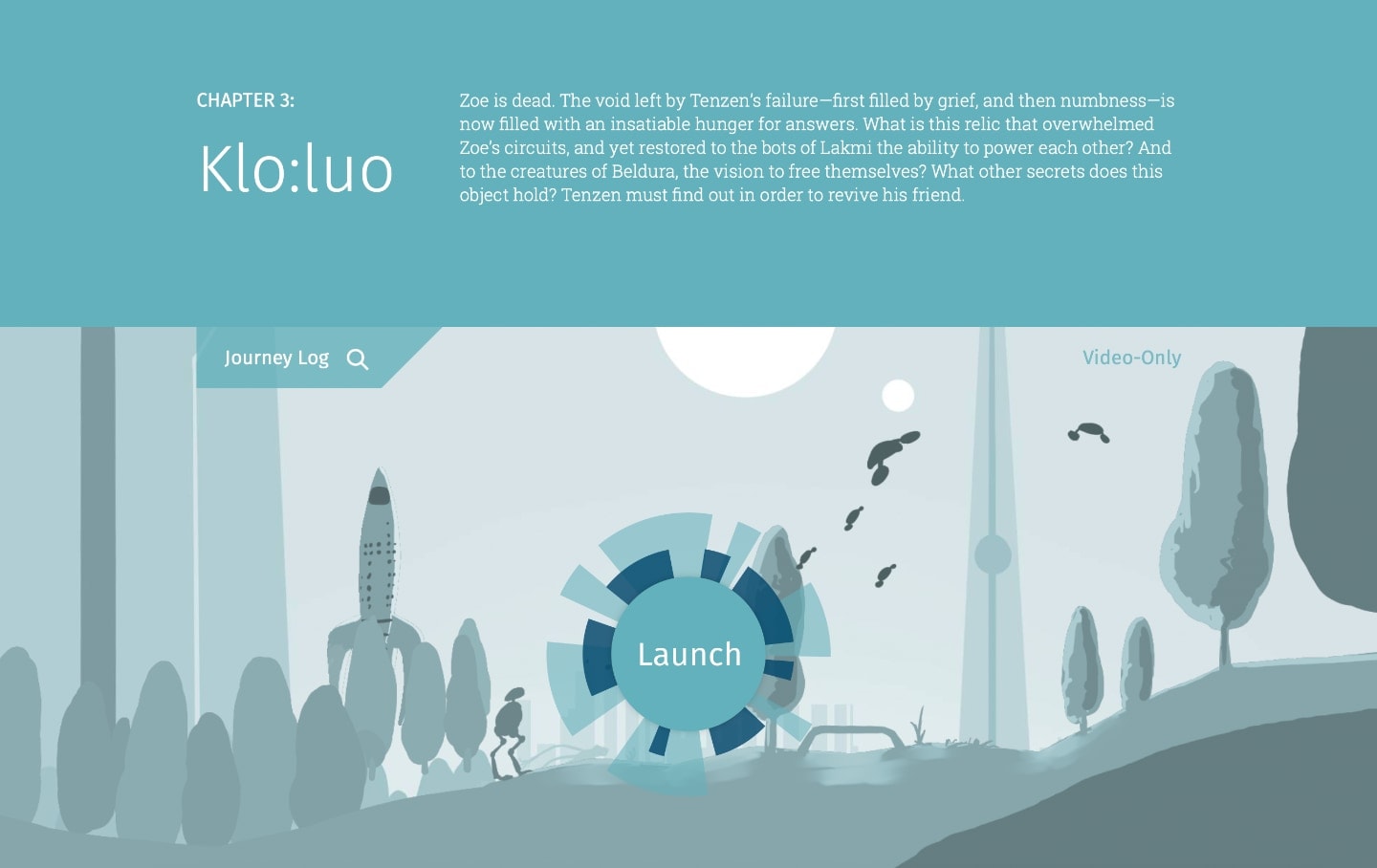12/11/2022
The exodus from Twitter, ruined by Elon Musk, would be more intense if the main alternative emerging in this turbulent period, Mastodon, were more user friendly. Not that it’s rocket science, but the friction of using it, especially its onboarding, has disheartened some.
Mastodon exposes one of the two great assets of big tech: ease of use. One of the obsessions of Silicon Valley companies is to remove obstacles between their offerings and the users, even if this means compromising other important but “annoying” aspects, such as privacy.
Mastodon’s model is Elon Musk-proof. No billionaire would be able to buy the network because it’s decentralized and its code is open — it belongs to everyone and no one at the same time.
This huge advantage has, as a side effect, a slightly more complicated onboarding: instead of a central entity, which host the whole signing up process, content and everything else, Mastodon is a “network of networks” that communicate with each other. The first step, then, is to find one of these networks (instance, or server) that is accepting new users.
The concept is similar to that of email, although today this sector is quite concentrated in a few big players — Google and Microsoft, in particular.
When you create an e-mail at Gmail, you can talk to people on other “servers” such as Hotmail or Yahoo Mail.
By creating a profile on… I don’t know, masto.donte.com.br, you can talk to people on mastodon.social. (These are both Mastodon instances/servers.) The logic is similar to that of e-mail.
As I said, that ease of use is one of the trumps of big tech. The other is free (as in free beer). Almost every free (as in freedom) alternative will impose one or the other drawback, be difficult to use or requiring payments. Sometimes, both at the same time.
E-mail, by the way, is a great example of the Silicon Valley’s free advantage. It’s possible to get rid of Gmail and Outlook/Hotmail, two great free email offerings. Setting up your own mail server is very complex, hence the best way is to hire a managed service — which, unsurprisingly, will charge a monthly fee.
Fastmail, Tutanota, Migadu, Proton, Zoho: there are plenty of offers, all of excellent quality, all paid. Is it worth it? I think so, so much that I have been paying for my e-mail for more than five years. Is it for everyone? Not at all.
We live in a big tech world. Apart from all the problems that their predatory and careless business models generate, these big companies have changed the public’s expectations about digital services. They have hitchhiked services that were once restricted — by technical difficulties or financial barriers — to literally billions of people.
In this big tech owned world, there is still room for other ways of thinking, handling and exploring technology, but these will increasingly be seen as eccentricities.
It is significant that Mastodon has hit 1 million active users in the wake of Musk’s erratic decisions, but 1 million users is a drop in the ocean that is Twitter, with a quarter of a billion users. And even with that tiny base, specialized Mastodon instances and hosting services are overloaded.
Nevertheless, I’d like to end with a positive message: using Mastodon and migrating your email to smaller services are worthwhile endeavors. Vital, I would say, if we want to have the chance for a plural, diverse, open Internet — as it should always be. Hopefully, we will see more initiatives like Signal, which manages to offer an easy-to-use and free application, maintained by a structure with no for-profit or hidden goals.
For the rest, Mastodon will probably never become a Twitter — in terms of reach and influence — and this is fine. The important thing is that it and similar projects exist; that there are alternatives for those who, for whatever reason, crave healthier digital media.
Discuss @ Hacker News.
21/10/2022

Picture: Patrick/Flickr.
The Wikipedia entry doesn’t specify the day, Lenovo celebrated on October 5th, but I think it’s still worth commenting on the 30th anniversary of the ThinkPad, one of the longest-lived computer brands ever.
In 2017, on the occasion of its 25th anniversary, I got a timeless booklet from Lenovo’s Brazilian office that details the history of the ThinkPad. How the ThinkPad changed the world — and is shaping the future is a first-person account by Arimasa Naitoh, known as the “father” of the ThinkPad, now vice-president of Lenovo’s PC and smart devices unit, helped by journalist William J. Holstein.
The ThinkPad 700C, the first laptop of its kind released to the public in October 1992, was an instant success. The quality of the device, far superior to rivals from Compaq and Toshiba at the time, paved the way for the reputation that this brand carries to this day, three decades and countless models later, for high quality and performance.
The ThinkPad laptops were conceived and for a long time developed in Yamato, Japan, where IBM had a facility. In the book, Arimasa talks a lot about this geographical arrangement (IBM was and is a North American company) and the transition to China-based Lenovo in mid-2000s.
The other thread running through the narrative are the innovations that, throughout history, have helped distinguish the ThinkPad from the ocean of laptops from other brands and cement its reputation as good laptops.
Stories such as the recurrent use of ThinkPads in space, thanks to a partnership with NASA, the infamous trackpoint (that little red ball in the middle of the keyboard used to control the mouse cursor) and the “butterfly keyboard”, which adopted an ingenious mechanism to provide a large keyboard without increasing the size of the laptop itself, are commented on by those who lived through it all from the other side, developing and dealing with mishaps that, judging by what we, the public, see, could not imagine were so intense.

Picture: NASA.
This was perhaps what caught my attention the most: the level of stress and the amount of work that Arimasa reports from himself and his teams.
In 1988, during a stint in the United States to learn what IBM’s development labs were doing, Arimasa ended up helping the Boca Raton team solve an electromagnetic interference problem on the P70, a 9 kg (20 pounds) precursor to the ThinkPad that was being developed by Yamato’s lab.
The P70 was released on schedule and meeting the specifications set by IBM, which gave Yamato (and Arimasa) the credentials to tackle the ThinkPad project, commissioned by Harvard Business School. Suddenly, Arimasa found himself returning to Japan. He writes:
On our way to Japan, my family and I stopped in Maui [Hawaii] to stay a few days under the sun. We had a nice time with my daughter, who was about nine years old, and our son, who was three. Little did I know that this would be my last vacation for the next ten years. As the Americans say, I was jumping out of the hot pan and straight into the fire.
In 2022, now under Lenovo, which bought IBM’s computer division in 2005, the flagship of the ThinkPad line is the X1 Carbon, a laptop with all the best in the industry. Other models, such as the TXXX and Yoga lines, cater to different audiences in lower price ranges.
The ThinkPad has always been a stage for experimentation. It was the first laptop to bring several technologies — color screen, digital disks (CD, DVD), Wi-Fi, foldable screen. MoMA exhibits a unit of ThinkPad 701C (the one with the “butterfly keyboard”), a crowning achievement of this obsession for innovation.
With 200 million units sold, ThinkPad is one of the rare brands that, even after countless transitions and market turns, and without ceasing to innovate, has managed to maintain its original characteristics that have made it iconic.
Discuss @ Hacker News.
20/10/2022
In January 2021, Dylan Field, the young co-founder of Figma, a popular UX design tool, said that “our goal is to be Figma, not Adobe” in a conversation in which some users, all of them dissatisfied with Adobe, speculated how long it would take for Figma to overthrow the Photoshop maker.
Almost two years later, in September 2022, Adobe bought Figma for USD 20 billion and Dylan, on the very same Twitter, seemed excited about the news that his company had just become Adobe.
Adobe is an industry titan, owner of apps that are benchmarks, almost standards in digital creative production, such as Photoshop, Premiere, and Illustrator. “Photoshopping” did not become a verb for nothing.
In parallel to developing its own tools to serve designers around the world, Adobe keeps an eye on the competition and spares no effort to neutralize threats — case in point: Figma.
Buying out smaller rivals with great potential is a common expedient for large companies. And Adobe, a USD 139 billion company, is huge by any standards and acts like one.
The risk that monopolies pose is common knowledge. The absorption of Figma by the largest company in its field has sounded the alarm in regulatory bodies and has been a cold shower for creative professionals who depend on Figma and other independent solutions that Adobe has yet to get its hands on.
Is there a way out? Or, put another way, is it possible to guarantee software independence in perpetuity, even more so in this (long) period when not only Adobe, but the entire technology sector seems to be heading towards consolidation?
The freedom of free (as in freedom) licenses
It is hard to predict the future, but one can state without fear of error that, yes, there are softwares that don’t risk being sold: those distributed under free licenses, such as GPL and MIT.
Without going into philosophical or legal details (which are many, varied, and complex), free (as in freedom) licenses guarantee universal access and bulletproof a project from hostile acquisitions. They can also contain provisions to prevent abuse, promote healthy development and, in extreme situations, allow dissatisfied users to split from the original project (the so-called “fork”) and continue working under their own terms, benefiting from everything that has been done so far.
Free software belongs to everyone and no one at the same time.
Anyone who has ever ventured into Linux on personal computers has come across a number of applications that look a lot like the more famous, commercial ones. Things like LibreOffice, which resembles Microsoft Office, or GIMP, often called the “Photoshop of Linux” (although it’s also available for macOS and Windows and, apart from being an image editor, in no way resembles Adobe’s Photoshop).
In digital design, there are alternatives to virtually all of the commercial/proprietary applications from Adobe and other large companies, such as Autodesk, owner of 3ds Max and AutoCAD.
Vector illustration? Inkscape. Desktop publishing? Scribus. Graphic editing? Besides GIMP, there’s also Krita. Video editing? Kdenlive, Shotcut, OpenShot. Audio editing? Audacity, Ardour.
The low popularity and different workflows and tools make many people reject the free ones, even if they are free as in free beer. Are they worse? Better? Maybe there is no basis for this kind of comparison. They are different indeed, and this scares those who grew up and learned to create with pirated versions of Photoshop and Illustrator or got used to them paying less as students, in the special plans and bundles for this demographic.
Nevertheless, news such as Adobe’s purchase of Figma may serve as motivation for deep changes. I spoke with two design studios that work exclusively with free software — Gunga in Brazil, and Freehive in the United States — to find out what it is like to offer design and digital communication services, in a competitive way, without depending on Adobe or any other commercial software.
Gunga

Farid Abdelnour.
Founded in 2008 by Farid Abdelnour and Nara Oliveira in Taguatinga, in the Federal District, Brazil’s federal capital, Gunga is proud to work only with free software. “One thing was very strong when we set up [the studio]: we wanted something consistent with our worldview,” explains Farid, who was born in Lebanon and immigrated to Brazil in 2003.
Farid and Nara met a year before Gunga was founded, when they both participated in the movement of “cultural points”, regular meetups attended by people interest in culture. He brought in a strong background in free software, the result of working with researcher Etienne Delacroix at the University of São Paulo. She was already a designer and involved in popular culture.
Prior to the foundation, the duo did some one-off work for external clients. “It was a combination of factors,” explains Nara. “Our jobs were finding each other and there was this need to have a CNPJ [register as a company in Brazil]. So we went down this path and we are still here.”
Gunga works on three fronts: web development, audiovisual, and graphic design. Farid is responsible for the first two, and Nara for the graphic arts. “On paper”, as they say, there are only the two of them at Gunga, but depending on the project, a network of collaborators aligned to the studio’s values is set in motion. The largest ones involve up to 20 people.
On a daily basis, Nara uses apps such as Inkscape, GIMP, Krita, and Scribus on her computer running Manjaro. “I’m not that geeky,” she laughs, “but I’ve been gaining my independence [in using Linux]. Right, Farid? I hardly talk to you about it.”

Nara Oliveira.
Farid uses Arch Linux. For web development, he uses WordPress and custom JavaScript code. For audiovisuals, Kdenlive, Blender, Ardour, and Audacity.
His relationship with Kdenlive goes beyond use. Farid actively participates in development, helping to find bugs and fix them. “I realized that [in the beginning] it was a lot of pain to edit a video, and I started to be a part of it: if I saw a problem, I reported it, helped to debug it,” he says.
Gunga serves eight to ten clients a month and does about 60 projects a year. NGOs, cultural production companies, institutes, and even government agencies are on the client list. “We both have houses, I have children… We support ourselves with Gunga, we live well because of Gunga and using free software,” says Farid.
The fact that they use exclusively free software has rarely been a problem. With customers, it is usually a differential, as Nara explains: “Some don’t even know what [free software] means, and they learn about it when they work with us. Others seek us out because we work with free software.”
In the past, the duo had some headaches in projects involving third parties: proprietary file formats that don’t talk to the applications they use and a lack of standards in places that print their work.
The situation has improved because, even though such advances are not always tied to free software, the demand for independence from closed solutions is common to more people and has made a difference.
“The industry realizes it can’t be held hostage to the monopoly of one company,” Farid says. “There are formats emerging that are kind of general, that all programs can use and communicate, have interoperability. It’s getting easier and easier to work with free software.”
Freehive: From Blender to the free software-only

Ryan Gorley.
Ryan Gorley studied architecture as undergraduate in college, but instead of following that path, he went to work as a graphic designer for an online retail company. “I liked the opportunity to express creative ideas faster and with fewer physical constraints,” he says in an email interview.
At the retailer, he led the creative team and at one point became responsible for the entire marketing team of the company. During this period he took an MBA and learned all he could about marketing. This mix of practical and theoretical experience would become even more important after 2010, when Ryan quit his job to start his own business.
G86, the original name of his studio, started small and grew, but not by much. “I had worked with big teams and prefer smaller organizations with people who are self motivated and skilled at what they did,” he says.
Among small and local clients, in 2012 Ryan had the opportunity to work with Amazon on promoting a “secret project” called Dash. Until then, his agency used proprietary software only. In Dash project, all the animation was done in a free software, Blender.
“I had dabbled with Ubuntu when I started the business, but struggled to make the switch over to a Linux desktop because of my dependence upon Adobe software,” he says. In this scenario, Blender fit more easily into the workflow, and with the success in the Amazon Dash campaign, it started to be used in other projects in his studio.
Things were going well, but a frustration with Adobe was growing within Ryan. “When they started promoting their optional subscription plans, it was clear to me from my marketing training where things were going and that the point was not to make better software but to solidify their market dominance and to grow their profits,” he recalls.
The rest is history, and Ryan’s hunch proved accurate: subscriptions became mandatory and, given the financial success of Adobe’s turnaround, other companies, such as Autodesk, followed suit. This was the final straw that prompted Ryan to begin exploring a full migration to free software.
The idea, however, was poorly received by his team, who reacted with “complaints of a specific feature or two that is missing, and a general discomfort re-learning how to do certain tasks.” Having lost the battle, Ryan resigned himself to using his preferred applications for small tasks in the studio.
In late 2017, two of his longest and most trusted employees left — amicably and for other reasons. What at first seemed like a death sentence for his studio turned out to be an opportunity.
Ryan closed the physical office and became directly involved again with the creative process from his home in Salt Lake City, Utah. At the time, he was already volunteering for the Inkscape project and was preparing to make his debut at free software events at the Southern California Linux Expo (SCaLE). There, he met with other professionals in the area who were also using free software and started hiring them as freelancers. “What bound us together wasn’t a creative space but a shared passion.”
Around this time, System76, an American computer manufacturer specializing in Linux, hired Ryan for the interactive launch campaign for the Thelios computer.
“This was the biggest single project I had ever undertaken,” he recalls, “amounting to over 500 hours of work in about 3 months. It was a true test of the new company and new way of working using only free software. It worked, and the company was renamed Freehive.”

Unlike Farid and Nara, Ryan started using free software for a very pragmatic, non-philosophical reason: the software he needed to do 3D modeling, sold by Autodesk, was too expensive. On the website next door was a free alternative called Blender.
“Blender is fantastic and every creative professional on the planet, regardless of the other software they use, should learn Blender and incorporate it into their work,” he says enthusiastically.
What came next was more of a response to the business practices of the big companies. In a prescient comment (we spoke in August, about a month before Adobe announced the purchase of Figma), Ryan explained that while he knows of smaller apps from other companies with fairer business models, “any of these competitors could be bought up by Adobe or Autodesk the moment it became too expensive to compete with them.”
“The only software that cannot be bought out is freely licensed software. It has become my mission to prove that creative professionals can use this software.”
Like Gunga, Freehive has never lost customers because it uses GIMP instead of Photoshop or Inkscape instead of Illustrator, but transient pains emerge when external collaborators are involved in projects and incompatible file formats enter the picture.
Ryan raises another issue that is a bit bothersome to him: the presentation of these apps to clients. Often, their websites don’t reflect the professional quality that the software is capable of. “We’re looking for ways to work around that because we want to convince some clients to try these alternatives instead of the proprietary software they’re using,” he says.
Free software activism, on the other hand, has yielded contracts. In addition to System76, Freehive has done work for other heavyweights in the area, such as Canonical (from Ubuntu), Gnome, Elementary, and Recon InfoSec.
The road to free software in design

Some works from Gunga.
The beauty of free software is that the choice for it transcends purely objective criteria. Is it possible to use apps of this kind and remain unaware of the licensing and development model? Yes, but a big part of the appeal is, precisely, not to stay oblivious; it is to get involved.
For Nara, “it’s a bit of looking for where you want to be,” because the choice to work with free software implies other choices and connections. She thinks that the technical part, or the difficulties and differences of the tooling, are less important:
“We are much more mind, idea, knowledge, and ability to translate concepts into visual things, and that is much more a mental knowledge, ours, that we acquire with experience, with study, than software.”
Ryan comments, when he remembers his former team’s resistance to different apps, to free software, that Adobe and other large companies offer discounted or even free plans for students. It’s an investment that pays off because it conditions expensive software on people who are in their formative years, when they are open-minded and able to absorb knowledge. When they leave college, they want to use the software they are used to.
Not that it is an impossibility to change later. Gunga has had trainees who fell in love and took free software for life. “The first step may be a little steeper when choosing free software, but afterwards it’s very fluid and the person can have more autonomy,” says Farid.
For those who already work with closed/proprietary solutions and want to migrate to the free side, Ryan recommends starting slowly. “We made the decision to go all in with free software, it is possible to do so, and we’d love for everyone to do so, but you may not have the confidence yet,” he acknowledges.
He suggests starting small. “Perhaps learn Blender and start to incorporate some 3D into your work. Consider using Inkscape for creating SVG graphics instead of Illustrator. Have some fun sketching in Krita as part of your early creative process.”
With some regret, he recalls that he paid for Adobe’s Creative Cloud subscription for two years after switching to free software for fear of having to open old client projects. “That is one reason why I have no interest in going back to proprietary software and proprietary file formats,” he vents.
And just as Farid got involved in the development of Kdenlive, Ryan urges users to get involved as well — beyond money donations:
“The only request is that where you take, give back as best as you can, and not just in donations. If you stumble upon a bug, report it. If you see a specific way to make the software better, share it. Say thank you when possible. These applications are maintained by small teams of people, and your small contribution can go a long way. When that day comes, like it did for me, that you’re fed up with proprietary software, you’ll be ready to be part of a free future for yourself and those that follow.”
Discuss @ Hacker News.
10/10/2022
Pix is an undeniable success. Don’t know what I’m talking about? Launched in October 2020, Pix is Brazil’s instant payment system based on phone apps and Internet Banking, largely adopted by the majority of Brazilians since then.
Brazil’s Central Bank, the “father of Pix”, maintains an updated page on its website showing the Pix evolution according to lots of metrics.
It is an impressive sight:
- In less than two years, almost 130 million (>50%) people and just over 11 million companies have made at least one transaction with Pix.
- This audience has created more than 500 million “Pix keys” — shortcuts to facilitate Pix transfers. A Pix key can be a phone number, an email, a national ID (and its equivalent for companies), or a random number.
- Close to BRL 1 trillion (~USD 200 billion) was moved in 2.2 billion transactions — the majority, 68%, between individuals (P2P).
Financial institutions adhered to Pix unconditionally, even though they lost the (little) revenue they had with similar, more archaic methods of electronic money transfer, such as “TED” and “DOC”. Today, almost 800 of them support Pix.
And despite the magnitude of the system, Pix has shown itself to be agile in implementing new features, such as withdrawals, changes and recurring payments, and to make adjustments due to unforeseen events, such as flexible value ceilings to inhibit nighttime robberies.
Is it perfect? No, but it is way better than anything that existed before and that showed up later, such as WhatsApp Payments. More than that, Pix is an example to the world. Bank for International Settlements (BIS), which is developing a similar system for cross-border payments, praises the Brazilian Pix.
Pix began to be developed by the Brazil Central Bank in 2014 with an open model for dialogue, consisting of a discussion forum, working groups and even an open source repository on Github.
It is true that Brazilian banks, despite all the power they have, shrink next to the biggest companies in Silicon Valley, such as Meta, Apple, and Google. Even so, they are really powerful and yet were all in. For all these reasons, Pix can be a reference to another conundrum that we face on a daily basis: the multiplicity of messaging applications.
In the first half of this year, the European Union advanced the Digital Markets Act (DMA), a new law created to curb the unbridled power of American big tech and restore competition in the sectors in which these companies operate.
Among other requirements, the DMA demands for interoperability between messaging apps made by big companies. iMessage will have to talk to WhatsApp, and both will have to talk to… whatever Google’s messaging app is at the moment.
It seems as unlikely as it was in Brazil until 2020 to transfer a few bucks, free of charge and instantaneously, between rival banks accounts on a Sunday night. Difficult? Certainly, but not impossible.
And although difficult, it is not unprecedented. At the beginning of the coronavirus pandemic, Apple and Google teamed up to create an API for tracking contagions. On Tuesday (4), the Matter standard, which creates a “common language” for Internet of Things devices and has Apple, Google, Amazon and Samsung among its members, was finalized.
For messaging, we need a “common language” that understands the basic functionality of this kind of app, such as exchanging messages, creating groups, and making calls. The rest — stickers, reactions, mini-apps, etc. — is up to each application. These would be the differentiators.
A common base for messaging apps would approximate the functioning of this market to that of music streaming, but without the commercial barrier (the agreements with the record labels that allows them to stream millions of popular songs). Spotify, Deezer, Apple Music, and Tidal compete not in catalog/content, but in features, apps, and integrations.
There are already open protocols that enable interoperability between messaging applications, such as XMPP and Matrix. What is lacking is good will, which it seems we will only get from the big companies thanks to a little push from state regulation in Europe. May this path lead to a result as good as our Pix.
Discuss @ Hacker News.






